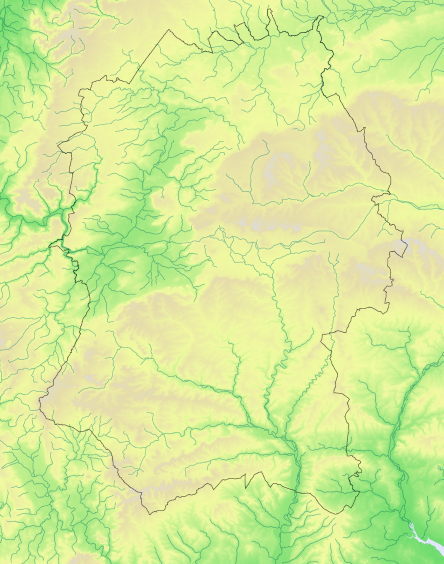Atlas species lists
- Breeding distribution 1995–2000
- Summer abundance 1995–2000
- Winter distribution 1995–2000
- Winter abundance 1995–2000
- Breeding distribution 2007–2012
- Summer abundance 2007–2012
- Winter distribution 2007–2012
- Winter abundance 2007–2012
- Breeding distribution change
- Summer abundance change
- Winter distribution change
- Winter abundance change
More Bittern maps
- Breeding distribution 1995–2000
- Summer abundance 1995–2000
- Winter distribution 1995–2000
- Winter abundance 1995–2000
- Breeding distribution 2007–2012
- Summer abundance 2007–2012
- Winter distribution 2007–2012
- Winter abundance 2007–2012
- Breeding distribution change
- Summer abundance change
- Winter distribution change
- Winter abundance change
More maps for this atlas
Map explanation
This map shows the winter distribution of the species in Wiltshire as revealed by the shared fieldwork for Bird Atlas 2007-2011 (BTO 2013) and for Wiltshire Tetrad Atlas 2007-2012.
Key
Status
Nos tetrads

Present
12
1%
Common Bitterns breed across much of temperate Eurasia, from England and Iberia to Japan and north China. Northeast European and most Asiatic populations winter south to Africa, the Indian sub-continent and southeast Asia.
In Great Britain drainage of wetlands and persecution led to the virtual extinction of the breeding population by 1900. Thereafter small numbers returned, building up to a peak of about 80 pairs by the 1950s, but then declining again through loss of habitat to a low of 11 pairs in 1997. A programme of restoration of existing reedbeds and creation of new ones reversed the decline: Bird Atlas 2007-2011 recorded confirmed or probable breeding from around fifty sites and reports of 104 booming males. The British population is believed not to be migratory and is increased in winter by arrivals from continental Europe especially during hard weather.
In Wiltshire there was a regular spattering of references to wintering Bitterns throughout the 19th century and occasional hints that they may have bred. This pattern continued throughout the 20th century. Since 1996 they have been recorded in every winter, usually from more than one site. There have been no confirmed records of breeding though a booming male was heard at Coate Water in the early 1950s and at a confidential site between 14 April and 12 May 2011.
References
The following references are used throughout these species accounts, in the abbreviated form given in quotation marks:
“1968-72 Breeding Atlas” – Sharrack, J.T.R. 1976: The Atlas of Breeding Birds in Britain and Ireland. T. & A. Poyser
“1981-84 Winter Atlas” – Lack, P.C. 1986: The Atlas of Wintering Birds in Britain and Ireland. T. & A. Poyser
“1988-91 Breeding Atlas” – Gibbons, D.W., Reid, J.B. & Chapman, R.A. 1993: The New Atlas of Breeding Birds in Britain and Ireland 1988-91. T. & A. Poyser
“Birds of Wiltshire” – Ferguson-Lees, I.J. et al. 2007 : Birds of Wiltshire, published by the tetrad atlas group of the Wiltshire Ornithological Society after mapping fieldwork 1995-2000. Wiltshire Ornithological Society.
“Bird Atlas 2007-2011” – Balmer, D.E., Gillings, S., Caffrey, B.J., Swann, R.L., Downie, I.S. and Fuller, R.J. 2013: Bird Atlas 2007-2011: the Breeding and Wintering Birds of Britain and Ireland
“WTA2” – ("Wiltshire Tetrad Atlas 2 ") the present electronic publication, bringing together the Wiltshire data from “Birds of Wiltshire” and “Bird Atlas 2007-11”, together with data from further fieldwork carried out in 2011 and 2012.
"Hobby" - the annual bird report of the Wiltshire Ornithological Society.

